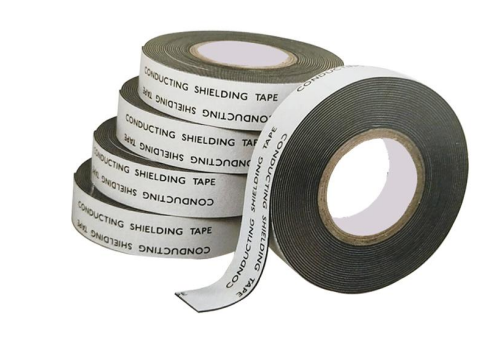Foam Weather Stripping The Essential Door Seal Strip for Energy Efficiency
As the seasons change, maintaining a comfortable and energy-efficient home becomes increasingly important. One of the most effective yet often overlooked solutions is the installation of foam weather stripping, particularly around doors. Foam weather stripping serves as a protective barrier, sealing gaps that can lead to drafts, water leaks, and increased energy bills. In this article, we will delve into the importance of foam weather stripping, its benefits, and how to install it.
What is Foam Weather Stripping?
Foam weather stripping is a type of insulation material made from open-cell or closed-cell foam. Available in various thicknesses and widths, it is designed to fit around doors and windows, providing a tight seal against air and moisture infiltration. The compressible nature of foam allows it to conform to uneven surfaces, making it an ideal choice for many door applications.
The Importance of Weather Stripping
Doors are one of the primary entry points for unwanted air, whether it’s the cold draft of winter or the heat of summer. According to the U.S. Department of Energy, a significant amount of energy usage in homes can be attributed to air leaks. By sealing these gaps with foam weather stripping, homeowners can create a more controlled and comfortable indoor environment, ultimately leading to lower energy costs.
Benefits of Foam Weather Stripping
1. Energy Efficiency One of the standout benefits of foam weather stripping is its ability to greatly enhance a home’s energy efficiency. By preventing the escape of conditioned air, homeowners can significantly reduce heating and cooling costs.
2. Easy Installation One of the best features of foam weather stripping is its simplicity of installation. It typically comes with an adhesive backing that allows homeowners to apply it easily without specialized tools. With a straightforward process, anyone can improve their home’s energy efficiency in just a matter of minutes.
3. Noise Reduction Foam weather stripping also acts as a sound barrier. By filling the gaps around doors, it helps to minimize noise pollution from outside, creating a quieter and more peaceful home environment.
4. Moisture Protection In addition to blocking air leaks, foam weather stripping can help prevent water infiltration during rainstorms. This is crucial for maintaining the integrity of both interior and exterior structures, particularly in areas with heavy rainfall.
foam weather stripping door seal strip

5. Cost-Effectiveness Compared to other home improvement projects, installing foam weather stripping is a relatively low-cost investment. The immediate benefit of lower utility bills often offsets the initial expense quickly.
How to Install Foam Weather Stripping
Installing foam weather stripping is a straightforward process that can be accomplished in just a few easy steps
- Measure the Door Frame Start by measuring the height and width of the door frame where the weather stripping will be applied. This ensures you purchase the correct amount of foam.
- Clean the Surface Before installation, clean the door frame thoroughly. Remove any dirt, debris, or old adhesive that could prevent the foam from sticking properly.
- Cut the Foam to Size Using a utility knife, cut the foam weather stripping to the appropriate lengths based on your measurements.
- Apply the Adhesive Backing Peel off the adhesive backing from the foam and press it firmly against the door frame, making sure to align it properly.
- Test the Seal Once installed, close the door and check for any draft or light coming through the gaps. If necessary, adjust the placement of the foam to ensure a tight seal.
Conclusion
Foam weather stripping is an essential component for any homeowner looking to improve energy efficiency, reduce noise, and protect against moisture. With its easy installation process and cost-effectiveness, it is a small investment that yields significant returns. As we enter the changing seasons, consider adding foam weather stripping to your doors to enhance your home’s comfort and efficiency.
-
XIANGFAN Rubber Tape-Ultimate Solutions for All Your Insulation NeedsNewsJun.24,2025
-
XIANGFAN Rubber Tape-Protection for Industrial and Residential ApplicationsNewsJun.24,2025
-
XIANGFAN Rubber Tape: Superior Safety and Sealing for Demanding EnvironmentsNewsJun.24,2025
-
XIANGFAN Rubber Tape: Reliable Solutions for Every Electrical ChallengeNewsJun.24,2025
-
XIANGFAN Electrical & Industrial Tape: Powering Reliability Across IndustriesNewsJun.24,2025
-
XIANGFAN Electrical & Industrial Tape: Excellence in Every ApplicationNewsJun.24,2025
